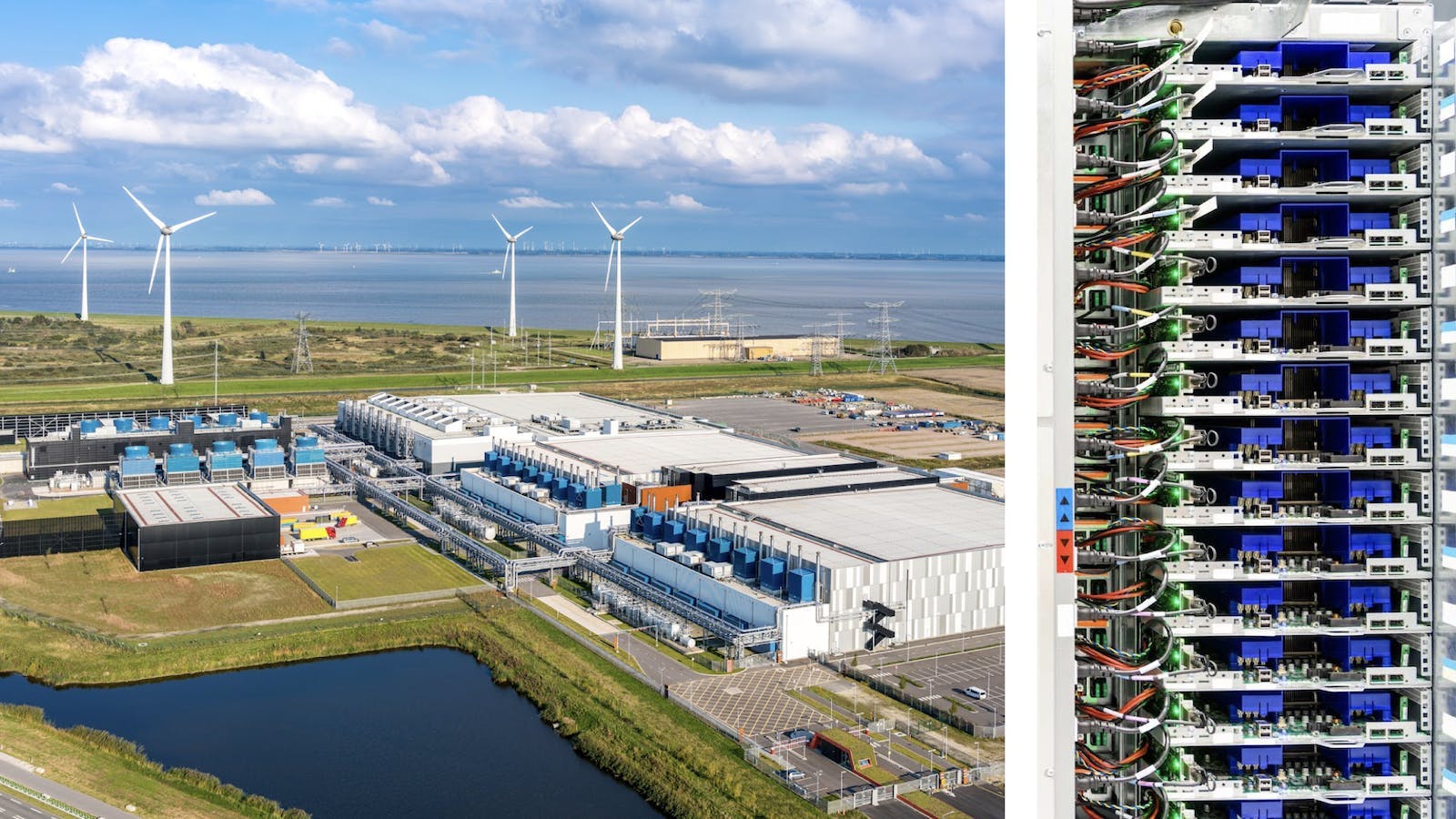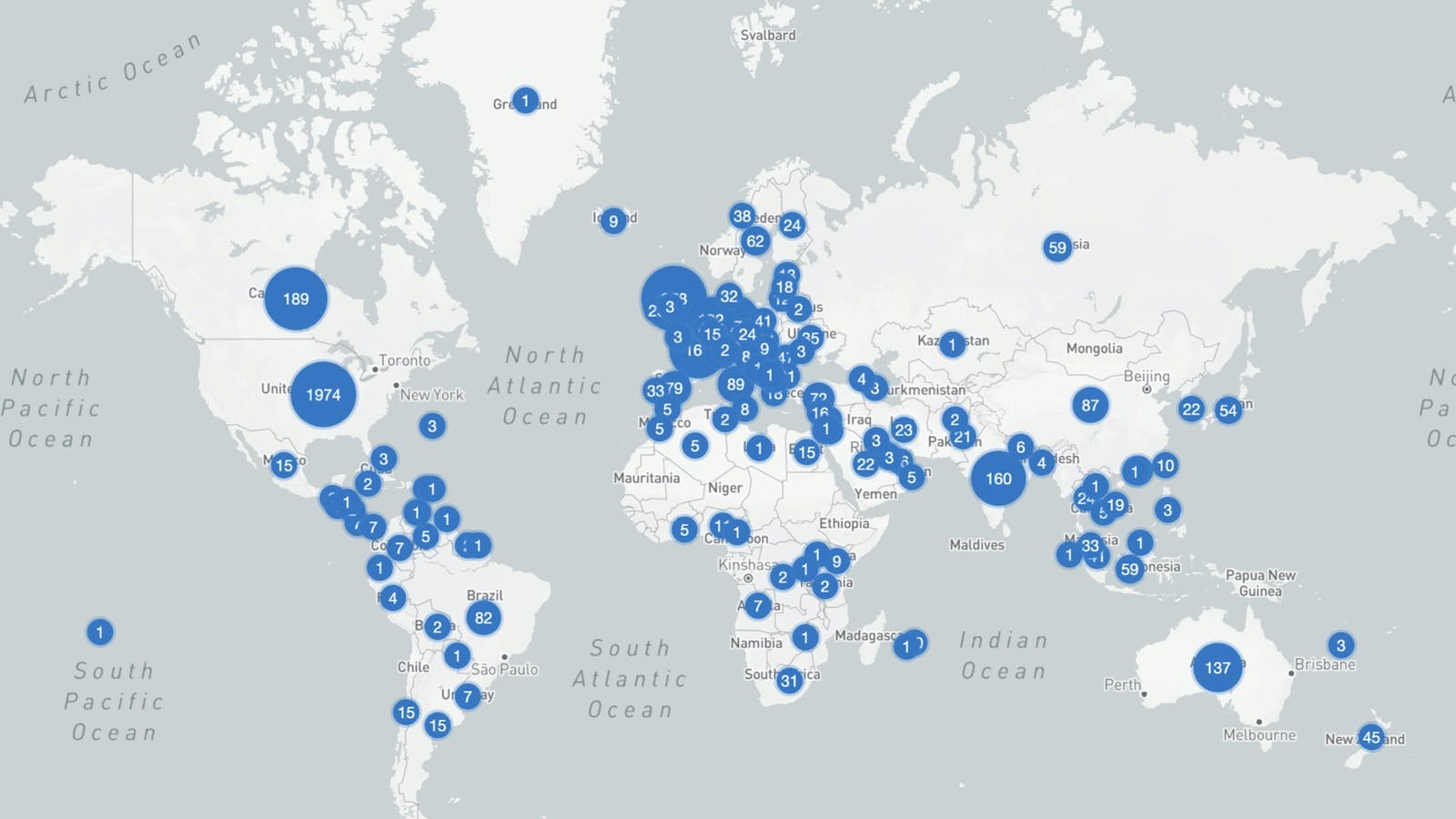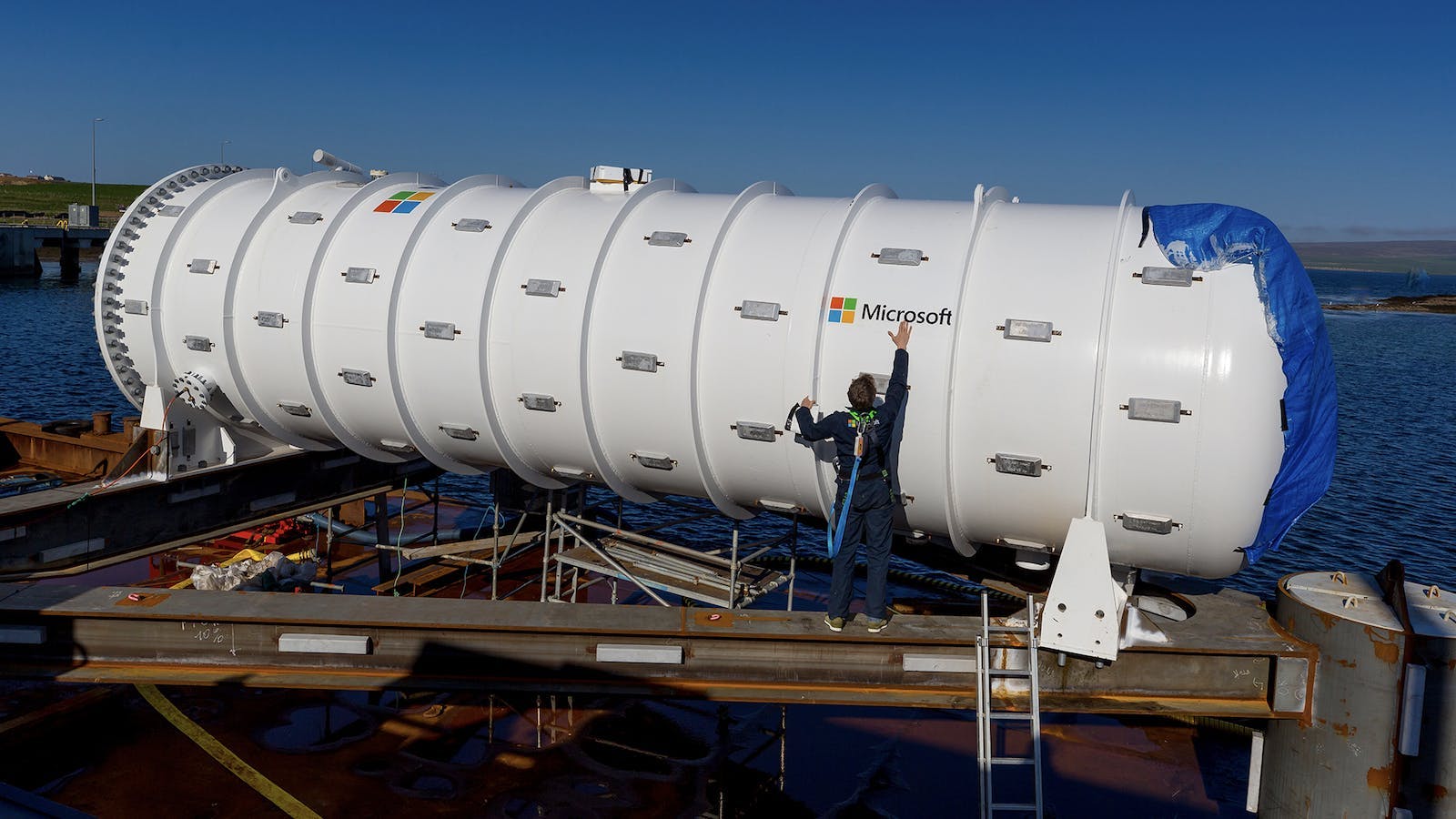Guardians of the galaxy: Inside the data centers powering the web
- about 1 year ago
- 5 min read
As you browse websites and stream entertainment, it’s easy to forget about the massive physical infrastructure supporting our digital lives. But deep beneath the ocean and inside often nondescript buildings, an intricate network of fiber optic cables and servers are constantly working to transmit information around the globe. While the web may seem intangible, the hardware behind it requires an immense amount of resources and coordination to operate and maintain. In this blog post, we will delve into the strange world of data centers, exploring what they are, how they work, and why they have come under criticism for their environmental impact.
Massive data centers powering the internet behind the scenes
Data centers come in all shapes and sizes. The largest data centers, so called hyperscale centers, contain more than 5,000 servers and are generally larger than 1,000m². These data centers contain rows upon rows of servers and networking equipment that work together to store and process digital information. Figure 1 shows Google’s data center in Eemshaven, Netherlands, which happens to be only a 30-minute drive away from our office here in Groningen. It opened in 2016 but has undergone two expansions since opening.

A city called Ashburn in Northern Virginia is the data center capital of the world followed by Singapore, Tokyo, London, and Chicago. In the 1990s, major telecom companies built an extensive fiber line network across the region that laid the foundation and provided the infrastructure many data centers still rely on today. Nevertheless, data centers are popping up in the strangest places; even under water, in historical buildings, empty stores in US malls, or under mountains such as the Swiss Fort Knox and old mines. Figure 2 provides an overview of some of the larger data centers around the world.

What’s inside a data center?
A data center serves as the physical hub for critical network data and servers, comprising several essential components that work together to store and disseminate information. The core constituents of a data center encompass servers responsible for hosting websites, apps, and databases, typically organized in server racks. Networking equipment, such as switches, routers, and firewalls, establish connections among servers and storage, facilitated by high-speed fiber-optic cables.
The data stored and shared within these data centers includes everything from social media posts and streaming media to business software and financial transactions. Companies like Google, Amazon, Microsoft, and Facebook operate some of the largest data centers in the world to support their massive online platforms and services.
Global data creation is projected to grow to more than 180 zettabytes in 2025. To grasp the sheer size of this number imagine a smartphone with a storage capacity of 256GB. To store 1 zettabyte (ZB), you would need 3.9 billion of these smartphones. So for 180ZB, you would need 702 billion smartphones. Stacked on top of each other, they would reach about 8,250 times the height of Mount Everest. Sadly, a lot of this data is “dark data,” i.e., data collected, processed, and stored for single-use purposes often to never be used again. Think of all the files and photos you have stored on old hard drives or in the cloud only to never look at them again but at a massive scale.
The heat generated by data center operations necessitates precision cooling systems to maintain optimal temperature and humidity levels. Backup power systems, including uninterruptible power supplies, generators, and power distribution units, offer contingency power during outages. Specialized monitoring tools ensure the organization, protection, and oversight of equipment and infrastructure, aiming to prevent disruptions and ensure consistent functionality.

It's estimated that by 2025, the energy required to power the sprawling internet infrastructure could use 20% of all electricity produced and emit up to 5.5% of the world’s carbon emissions, which is more than the global aviation industry.
The environmental cost of the web's infrastructure
Did you know that streaming a two-hour film pollutes as much as a 45-minute car drive or that the 4.6 billion streams of the 2017 hit song Despacito used as much electricity as the combined annual electricity consumption of entire countries? Data centers have come under fire for their environmental impact so let’s have a look at what factors play a role.
Energy Consumption
The servers, routers and other equipment inside data centers require huge amounts of electricity to run continuously. It's estimated that by 2025, the energy required to power the sprawling internet infrastructure could use 20% of all electricity produced and emit up to 5.5% of the world’s carbon emissions, which is more than the global aviation industry.
Raw Materials
Data centers also require rare earth metals and minerals, such as lithium and copper to produce the miles of cables, sophisticated cooling systems, and electronic components they contain. Extracting and processing these finite resources takes a major toll on the environment. Once the equipment reaches the end of its lifespan, much of it ends up in landfills where the toxic materials it contains can leach into the surrounding soil and groundwater.
Heat Generation
The concentrated computing power in data centers produces an enormous amount of excess heat that requires constant cooling. You don’t have to go far to experience it for yourself, we all have felt the heat produced by our laptops. Keeping servers and other equipment from overheating is an energy-intensive process that often relies on water as well as climate-controlled air systems. The heated water used for cooling is frequently just discharged back into local waterways, contaminating the surrounding ecosystems.
Moving towards sustainability
Several companies have pledged to make their data centers carbon neutral using power generated through renewable energy sources. A few select projects around the world also show that the excess heat generated by data centers could be used for other purposes as is the case in the English city of Devon, where a data center heats the water for the local public pool. The Butte-aux-Cailles public swimming pool in Paris is also heated by a small data center and several Scandinavian cities use the heat for communal district heating.

The internet may feel ephemeral, but it depends entirely on a vast array of very real cables, data centers, and servers.
The environmental footprint of the internet’s infrastructure is poised to grow rapidly. Significant improvements in efficiency and sustainability will be needed to curb the worst of these effects and prevent lasting damage to the planet. Transitioning to renewable energy, reducing electronic waste, and improving cooling technologies are all steps in the right direction to ensure the web of the future is built on a green foundation.
The scale of the infrastructure behind the digital world is truly mind-bending. As the internet becomes increasingly intertwined with our daily lives, it's important to understand the immense physical components that make it all possible. The internet may feel ephemeral, but it depends entirely on a vast array of very real cables, data centers, and servers.
While the web may seem intangible, the hardware behind it requires an immense amount of resources and coordination to operate and maintain. The next time you open an app or click a link, take a moment to appreciate the hidden systems that make the modern internet possible.